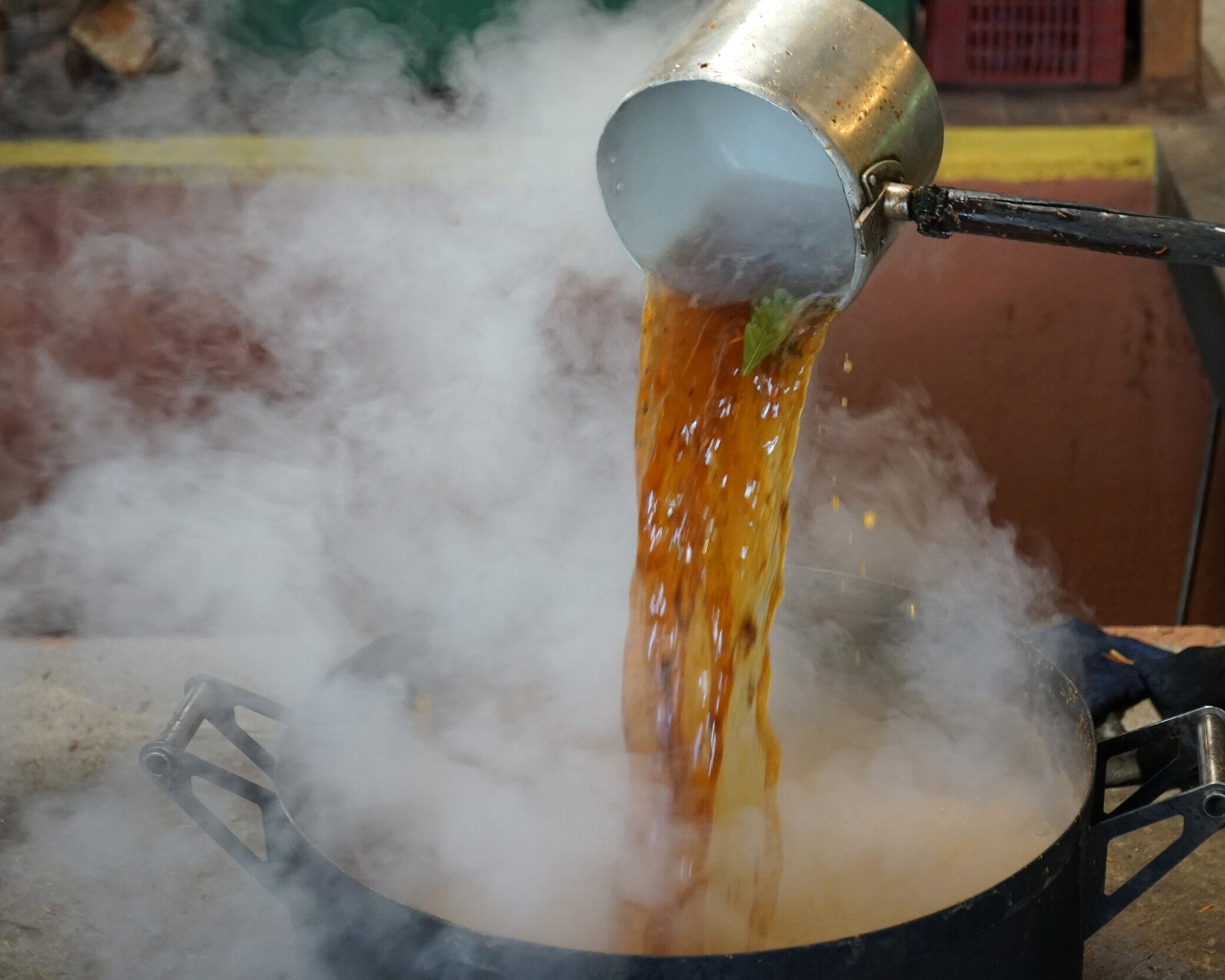Who we are
The core beliefs of our religion center around living a good, moral life in accord with the teachings of José Gabriel da Costa, or Mestre Gabriel, the founder of the União do Vegetal. The doctrine of Mestre Gabriel teaches love for our fellow man and the faithful practice of goodness, in harmony with the teachings of Jesus, to whom Mestre Gabriel demonstrated a firm loyalty through his life’s practice.
The UDV has been recognized for its community service and beneficial work for the betterment of society and on July 22, 2011, in recognition of the 50th anniversary of the church’s founding, the UDV was honored in the Brazilian National Congress and in more than 30 state legislative assemblies and city councils throughout Brazil.
For more information please visit www.udv.org.br
People of the União
The UDV has núcleos – or active, practicing communities – in over 100 cities and villages throughout Brazil with a membership of over 21,000. Approximately 600 UDV members live in the United States and there are active núcleos in Colorado, New Mexico, California, Connecticut, Florida, Texas, and Washington.
Members of the União come from all walks of life. The followers of this path include doctors, lawyers, political and business leaders, hard-working citizens and people from many diverse backgrounds all brought together with a common vision of peace.
The União is a volunteer organization, with no paid positions and no history of proselytizing with respect to our faith.
Hoasca® Tea
Central and essential to the UDV religion is the sincere, sacramental use of Hoasca, a tea made from two plants indigenous to the Brazilian Amazon – the vine Banisteriopsis caapi and a bush botanically related to the coffee plant, Psychotria viridis.
Religious practitioners ritually prepare the tea and consider it sacred, much as Catholics believe the wine and host they take at communion to be holy.
Indians and forest peoples have used Hoasca continuously for centuries to increase spiritual perception. Many anthropologists believe the use of this religious sacrament goes back to the beginnings of the great Inca civilization of Peru.
The use of Hoasca has drawn the attention of researchers from numerous areas of study: anthropology, sociology, history, biology, pharmacology, neurology, and psychology and there are numerous scientific and academic studies on the topic.
Those who are interested in the science of Hoasca tea can find more information here.



